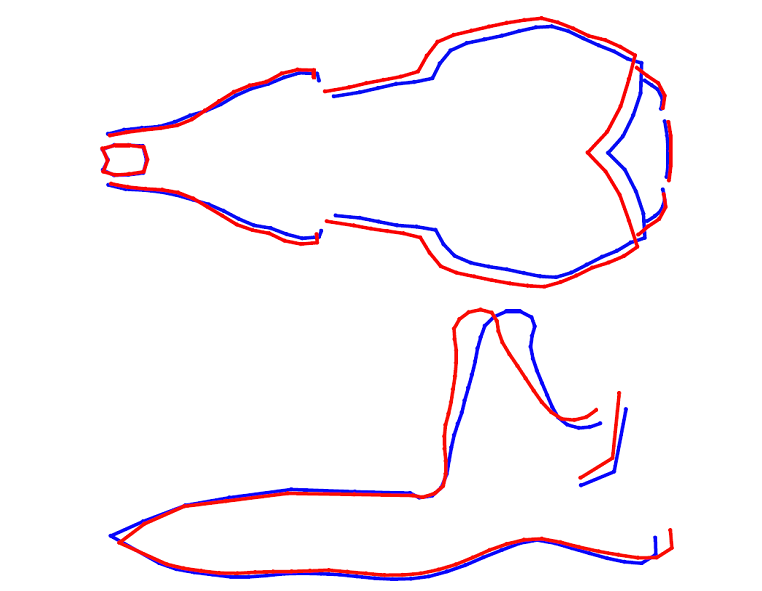
The Ethiopian Highlands are a vast mountain range with interchanging altitudinal zones, which makes this territory a promising testing ground for alternative speciation models. The researchers from the Mammal Microevolution Laboratory of the A.N. Severtsov Institute of Ecology and Evolution of the Russian Academy of Sciences (IEE RAS) have been the first to verify an ecological (gradient) speciation model for three shrew species (Crocidura thalia, C. glassi, and C. afeworkbekelei) interchanging in adjacent altitudinal zones of the Bale Mountains. A combination of molecular phylogenetic analyses and geometric morphometric methods was used for this study. The original material for this study was the museum collection of three shrew species (C. thalia, C. glassi, and C. afeworkbekelei), collected in 1995 from the entire southern slope of the Bale Mountains.

Molecular genetic data showed a high degree of similarity between the three studied species and the absence of reciprocal monophyly for each of them. Significant differences were shown in both the size and shape of the skull and lower jaw between the forest and highland forms, although without a pronounced hiatus. The most variable areas of the skull and lower jaw were identified, the analysis of which suggests the adaptation of white-toothed shrews inhabiting different altitude zones to different types of food. The absence of morphological hiatus and reciprocal monophyly between the studied forms did not allow us to confirm their species status. The authors believe that the white-toothed shrews C. afeworkbekelei and C. thalia should be considered as different ecotypes of the same species, and the names of these taxa should be reduced to junior synonyms of C. glassi.

Nevertheless, the results of the present study suggest intensive processes of adaptation to different habitat conditions along a significant altitudinal gradient. In general, the obtained results demonstrate the correspondence of the revealed patterns of genetic and morphological variability to the predictions of the gradient speciation model. This is the first case confirming this speciation mode for three mammal forms inhabiting three adjacent altitudinal belts of a single mountain range. The three studied ecotypes of C. glassi are apparently at the initial stage of this process, which is characterized by the absence of morphological hiatus and genetic differentiation between diverging forms.
The work was carried out with the financial support of the Russian Science Foundation (project No. 23-74-01098).
The work was published in the journal Mammalian Biology: Zemlemerova E.D., Martynov A.A. Sycheva V.B., Lavrenchenko L.A., 2024. The usage of historical DNA and geometric morphometric approach for detecting the ecological diversification along a remarkable altitudinal gradient. Mammalian Biology, 104, 529–538.
